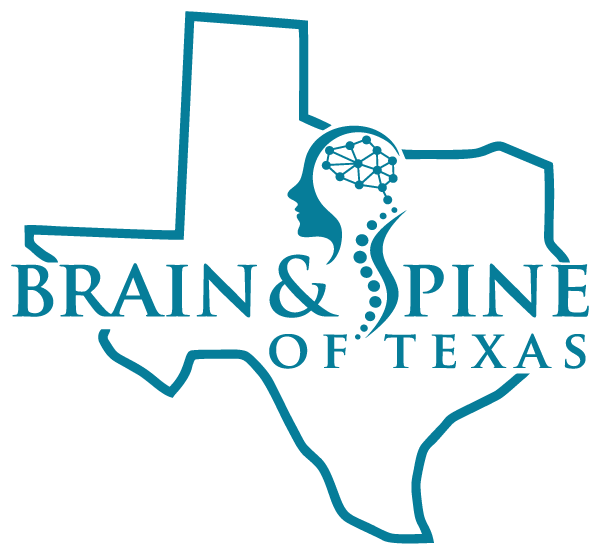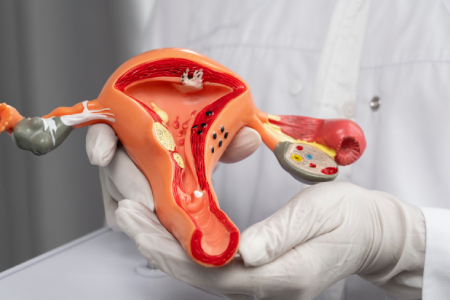Anterior Cervical Fusion
Restoring Spinal Stability and Relieving Nerve Compression
An anterior cervical fusion is a surgical procedure designed to stabilize the cervical spine and relieve nerve compression caused by conditions such as herniated discs, degenerative disc disease, or spinal instability. At the Brain and Spine Center of Texas, our expert neurosurgeons perform anterior cervical discectomy and fusion (ACDF) to remove damaged discs and fuse the vertebrae together, restoring alignment and preventing further spinal cord or nerve irritation.
What Is Anterior Cervical Fusion?
This procedure is commonly recommended for patients suffering from:
- Cervical disc herniation – A disc pressing against the spinal cord or nerve roots.
- Degenerative disc disease – Breakdown of intervertebral discs causing pain and instability.
- Cervical spondylosis (arthritis) – Bone spurs or disc degeneration leading to nerve compression.
- Spinal instability – Fractures, trauma, or excessive movement between vertebrae.
- Cervical radiculopathy – Pain, numbness, or weakness in the arms due to pinched nerves.
By removing the damaged disc and fusing the adjacent vertebrae, this procedure eliminates movement at the affected level, reducing pain and preventing further spinal deterioration.
The Anterior Cervical Fusion Procedure: What to Expect
The surgery is performed under general anesthesia and typically involves the following steps:
- Incision & Access – A small incision is made in the front of the neck to reach the affected cervical vertebrae.
- Disc Removal – The damaged or herniated disc is carefully removed, along with any bone spurs compressing the spinal cord or nerves.
- Bone Graft Placement – A bone graft or synthetic spacer is inserted into the empty disc space to help promote fusion.
- Fixation & Stability – A titanium plate and screws may be used to secure the vertebrae while they fuse together.
- Closure & Recovery – The incision is closed, and patients are monitored in the recovery area.
The procedure typically takes 1 to 3 hours, and most patients return home the same day or after an overnight hospital stay.
Recovery & Post-Surgical Care
After surgery, patients can expect:
- Pain Management – Medications are prescribed to help with discomfort.
- Neck Brace – Some patients may need a cervical collar to limit movement and support healing.
- Physical Therapy – Rehabilitation focuses on strengthening neck muscles and improving mobility.
- Activity Restrictions – Avoidance of heavy lifting, excessive neck movement, and strenuous activities for several weeks.
- Follow-Up Care – Regular check-ups to monitor the fusion process and recovery progress.
Full recovery can take several months, but most patients experience significant pain relief and improved function within weeks.
Why Choose the Brain and Spine Center of Texas?
- Experienced Spine Surgeons – Experts in advanced cervical fusion techniques.
- Minimally Invasive Approach – When possible, we use small incisions for quicker recovery.
- State-of-the-Art Surgical Techniques – Ensuring optimal spinal stability and long-term success.
- Comprehensive Patient Support – From diagnosis through post-surgical rehabilitation.
Schedule a consultation
If you are experiencing chronic neck pain, numbness, weakness, or nerve-related issues, the Brain and Spine Center of Texas can provide the expert care you need.

